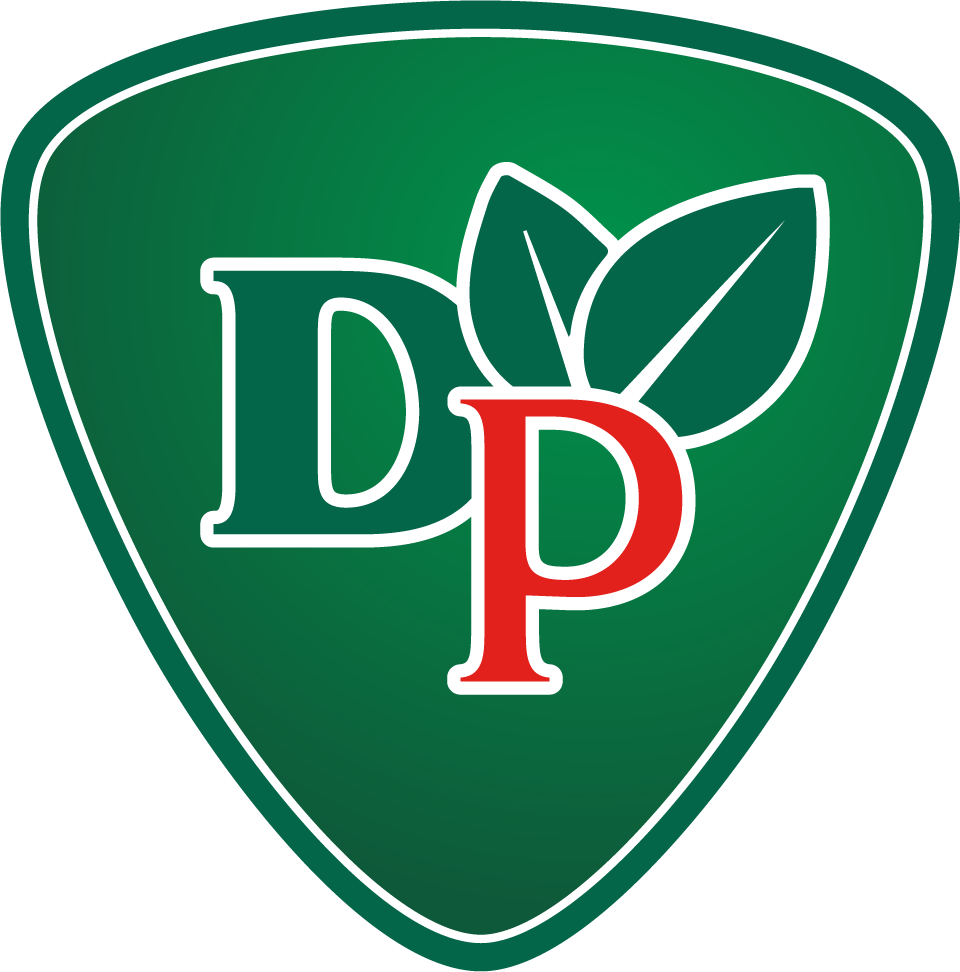The Ultimate Guide – 14 Harvesting
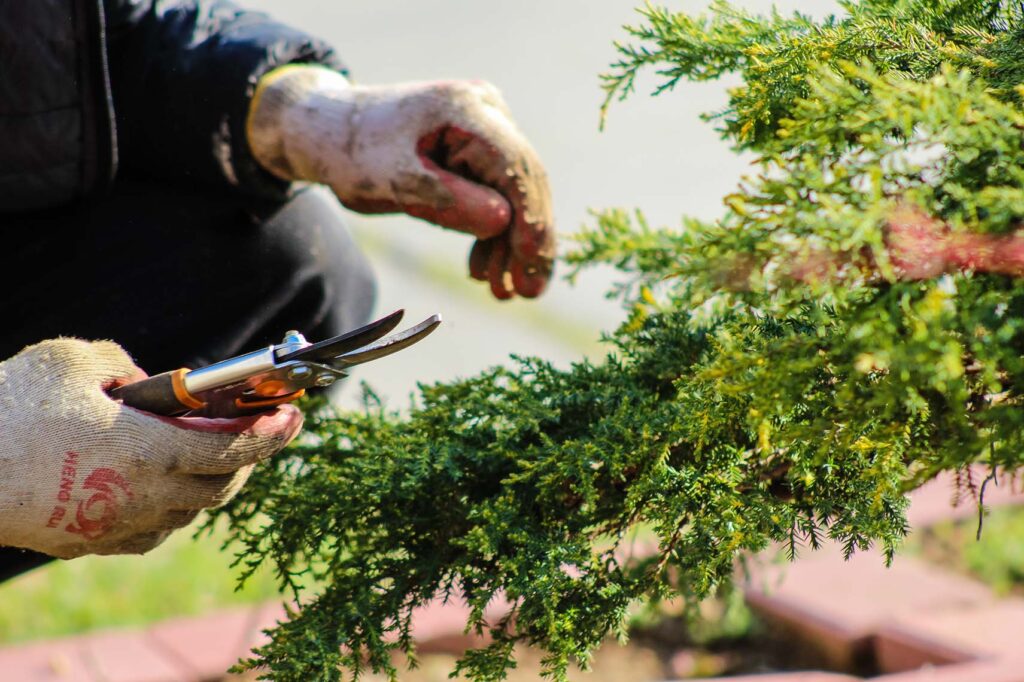
Harvesting refers to the process of gathering crops or plants at the peak of their maturity for consumption or further processing. It is an essential step in the agricultural cycle and it is necessary to be performed at the right time to ensure optimal quality and yield. The timing and methods of harvesting vary depending […]
The Ultimate Guide – 13 Deficiencies
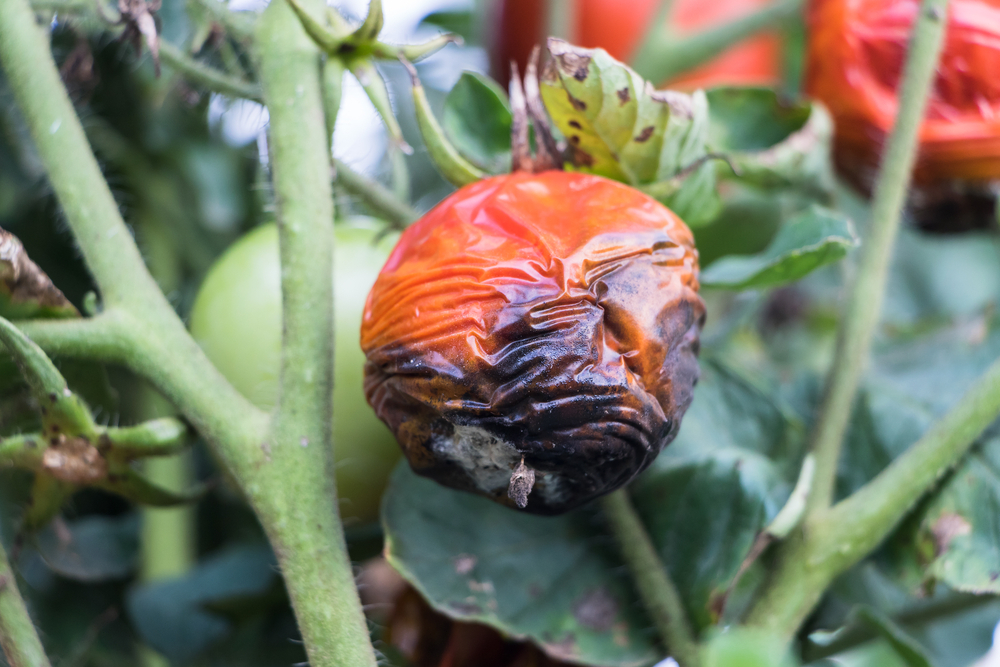
Plant deficiencies occur when a plant lacks certain nutrients that are essential for its growth and development. These deficiencies can manifest in a variety of ways, such as stunted growth, abnormal leaf coloration, and distorted or deformed leaves. Common nutrient deficiencies in plants include nitrogen, phosphorus, potassium, and iron, among others. These deficiencies can usually […]
The Ultimate Guide – 12 Propagation
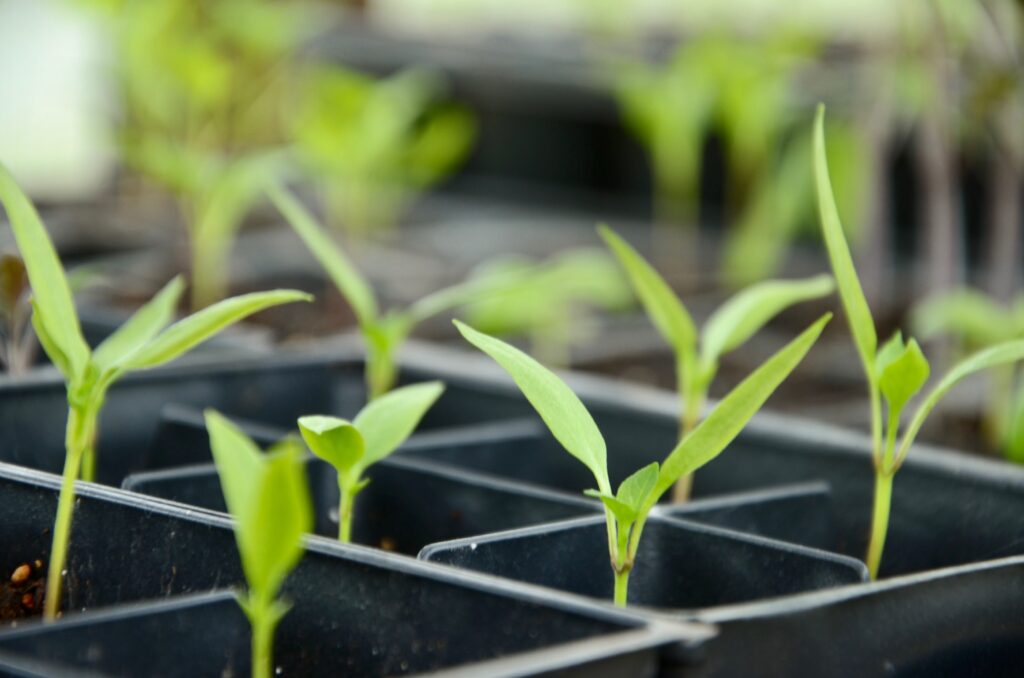
How can we make more plants out of one? Can we do it with every plant? Years of research, trial and error have develop multiple ways to “make new plants” In this article we will provide you with all the information you need about propergation. This is the Ultimate Guide about propargation 2. What is […]
The Ultimate Guide – 11 Indoor and outdoor growing
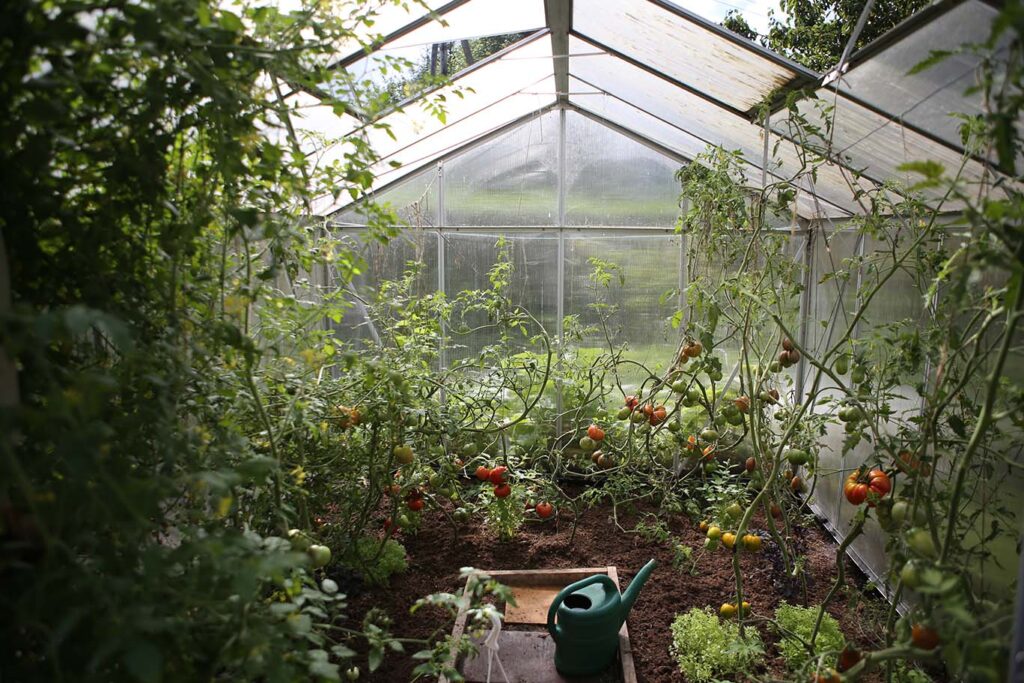
Indoor growing refers to the cultivation of plants in a controlled environment, typically inside a building or greenhouse. This type of growing allows for greater control over factors such as temperature, humidity, and light, which can be beneficial for certain types of plants. Outdoor growing refers to the cultivation of plants in a natural outdoor […]
The Ultimate Guide – 10 How to spot pest, prevent and treat them
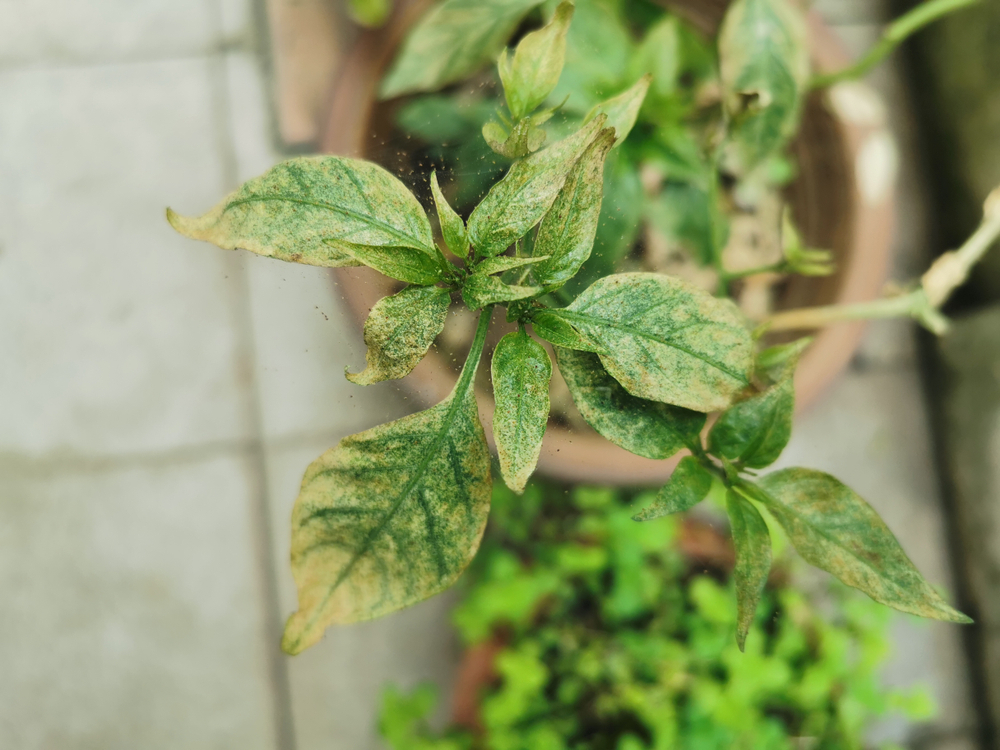
Plant pests are organisms that can damage plants and reduce their growth, yield, and overall health. There are many different types of plant pests, including insects, mites, snails, slugs, and diseases caused by fungi, bacteria, and viruses. Pests can cause damage to plants in a number of ways, such as feeding on their leaves, stems, […]
The Ultimate Guide – 9 Everything that might kill your plant
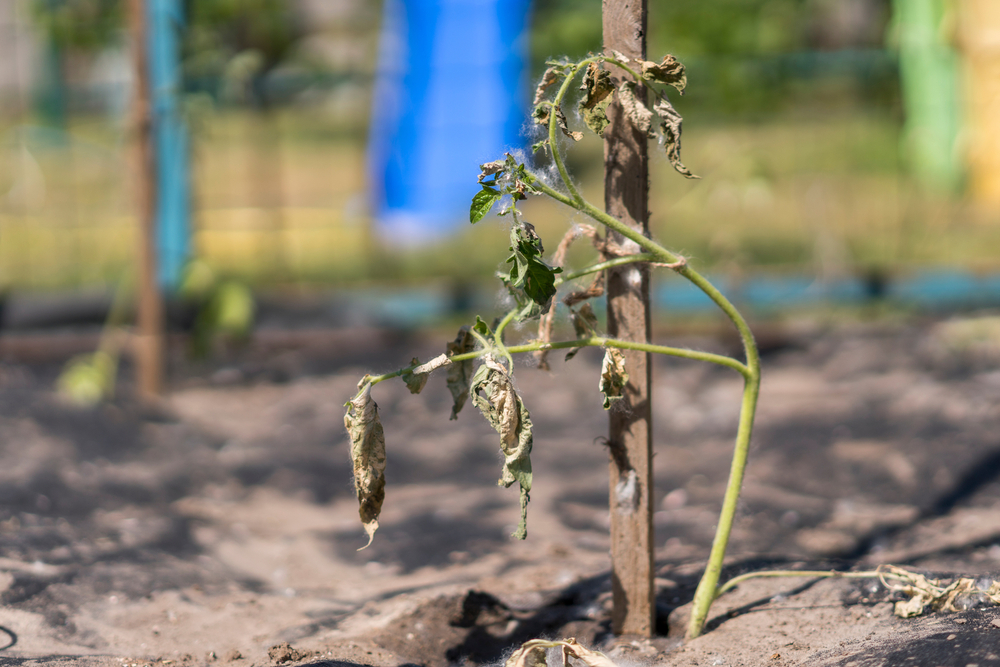
It has happend to everyone owning plants. A plant dies… even though you are or you think that you did everything you could. It’s not a suprice, because there are alot of things that can go wrong and result in a plant dying. In this article, we will go over all the problems that might […]
The Ultimate Guide – 8 Lights
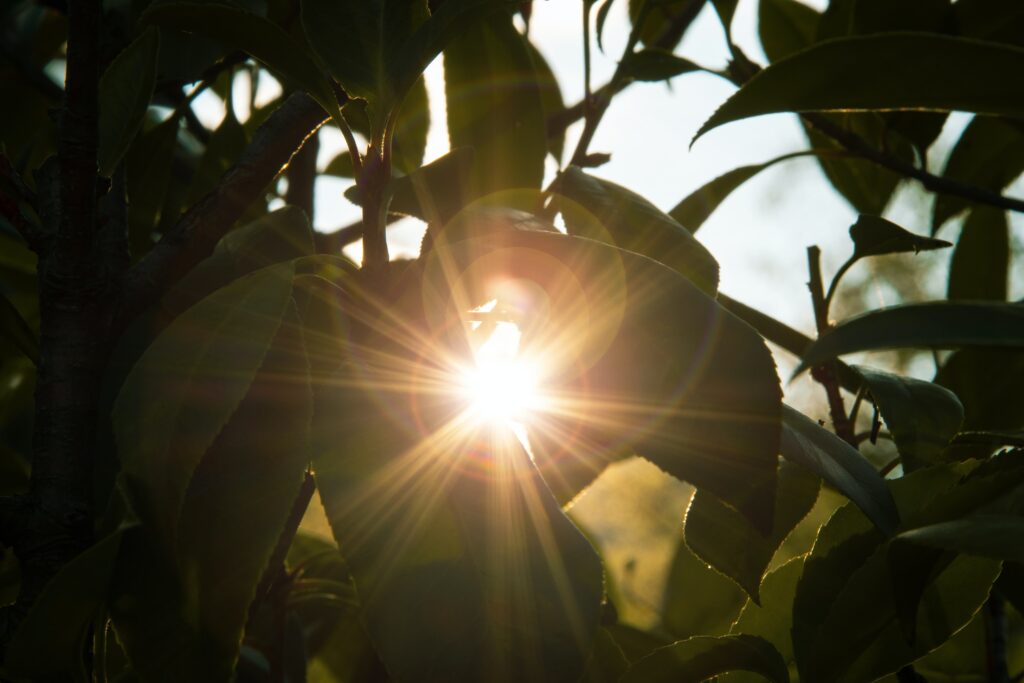
Light is important to plants because it is the main source of energy for photosynthesis, the process by which plants convert light energy into chemical energy. This chemical energy is stored in the form of glucose, which is used by the plant to grow and function. Without enough light, plants will not be able to […]
The Ultimate Guide – 7 Air
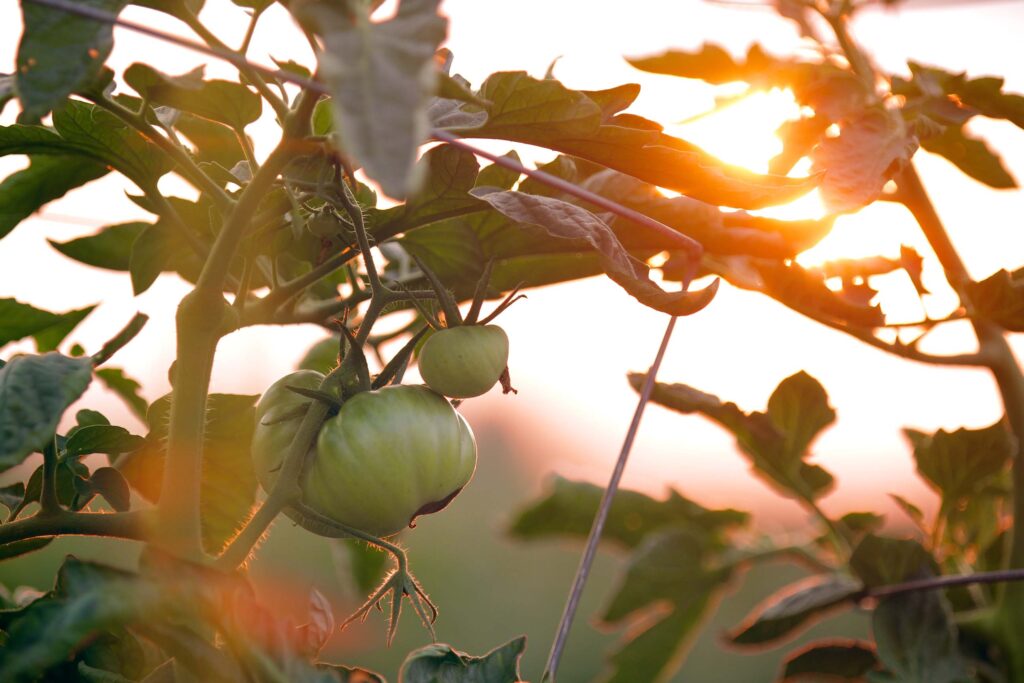
Air is an essential element for the survival of plants. It provides plants with the carbon dioxide they need for photosynthesis, the process by which they convert sunlight and water into energy. In addition, air helps to regulate the temperature of plants and provides them with the oxygen they need to survive. In this article, […]
The Ultimate Guide – 6 Watering
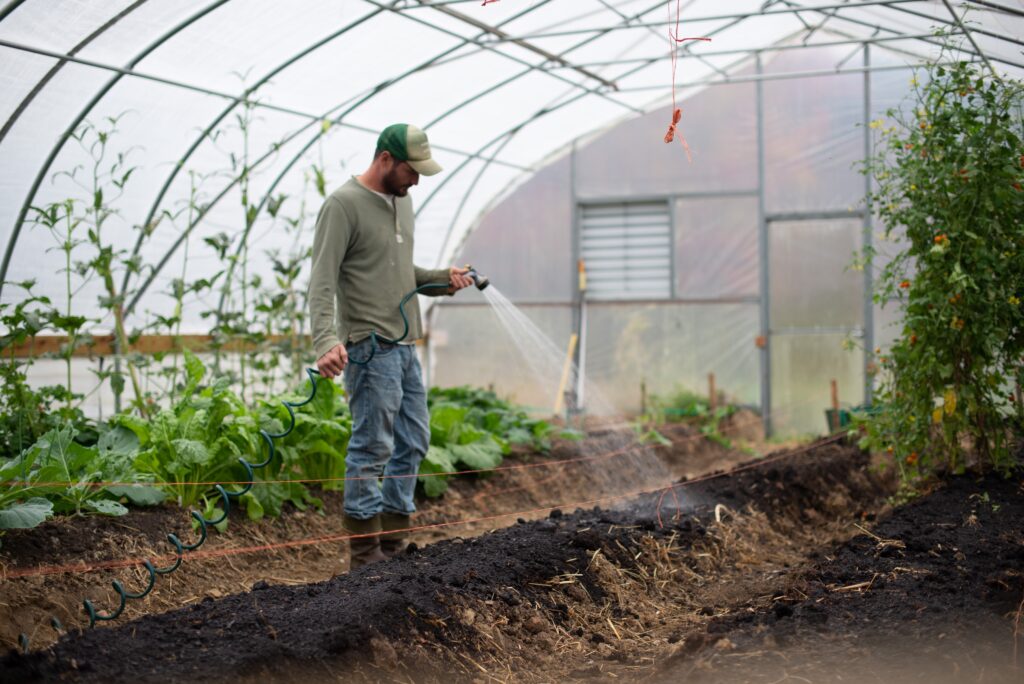
Watering is considered as the biggest reasons people fail to take care of a plant. That’s because you can underwater your plant, overwater your plant, give water that does not provide all that the plant needs or provides to much of what a plant needs. Does that mean you should just leave it up to […]
Ultimate Guide – 5 Teamwork of the Plant
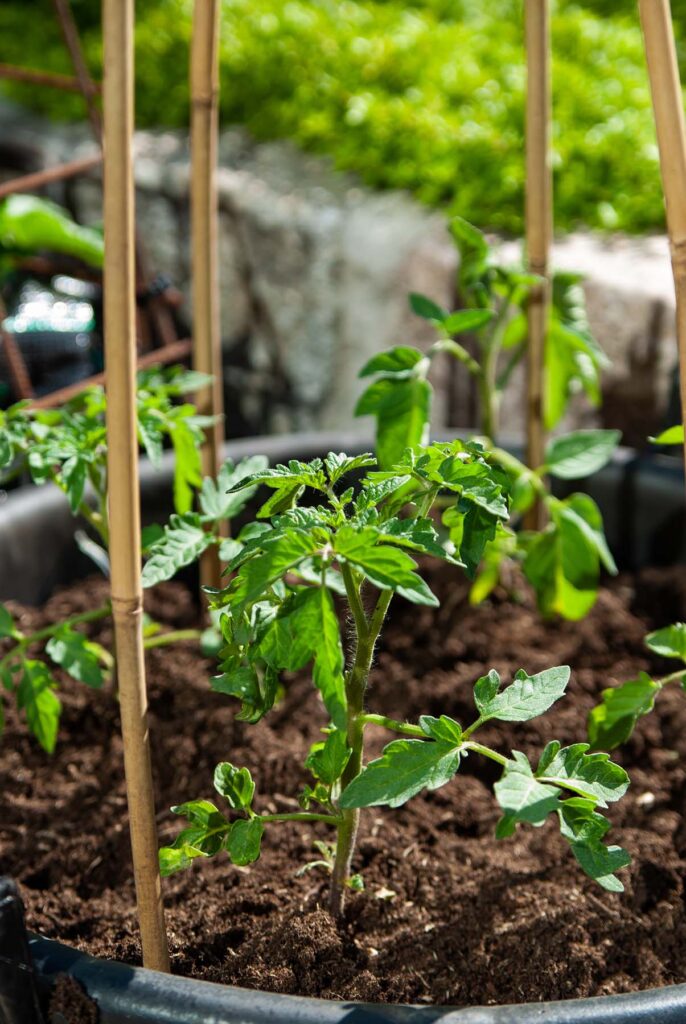
A plant begins growing when a seed germinates and sends a shoot up towards the surface of the soil. As the shoot grows, it develops leaves and begins to photosynthesize, using energy from the sun to convert water and carbon dioxide into glucose. The plant continues to grow taller and stronger as it absorbs nutrients […]

